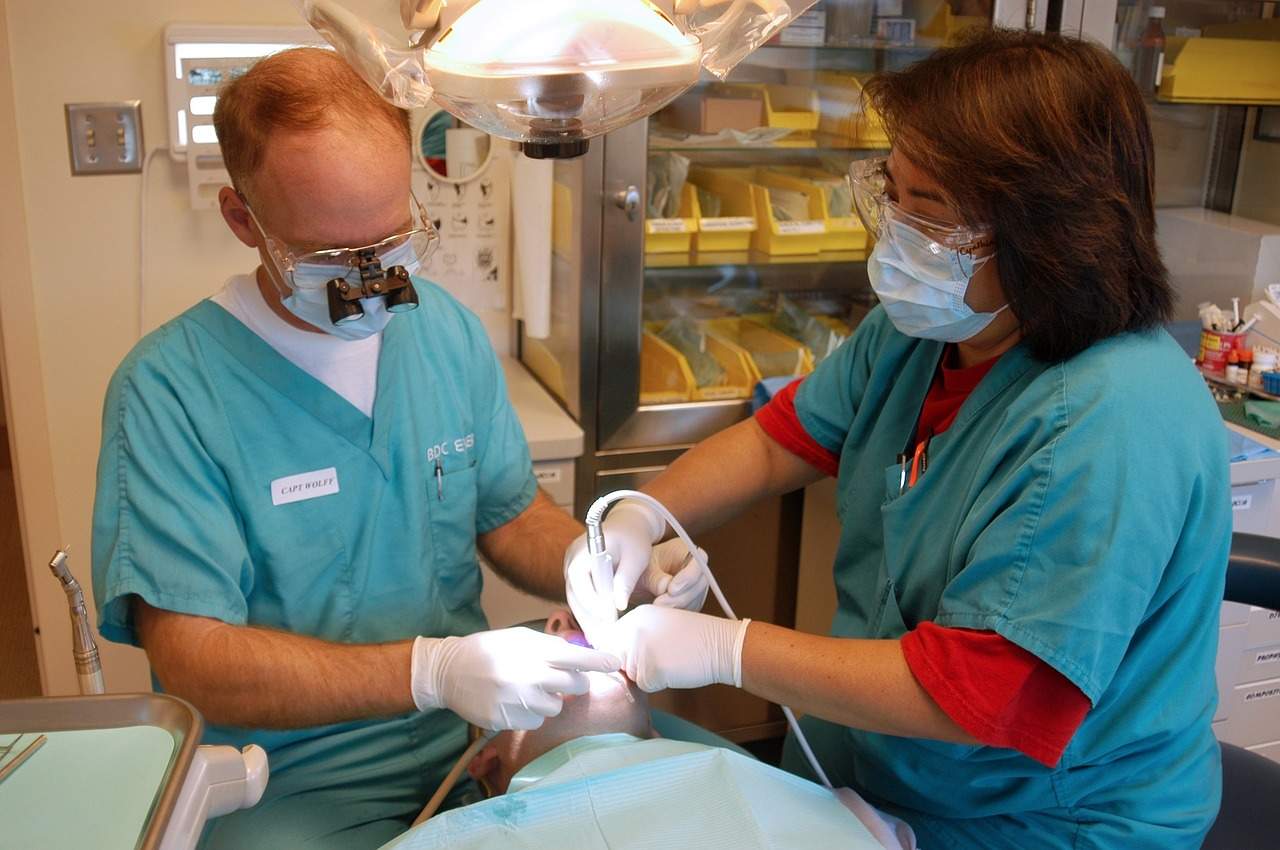 While more and more people project their fear of root canals onto general dentists – who, more often than not, refer patients elsewhere for that kind of treatment – endo specialists are left out of this popular narrative dentophobia and pushed to the periphery of our general cultural anxieties.
While more and more people project their fear of root canals onto general dentists – who, more often than not, refer patients elsewhere for that kind of treatment – endo specialists are left out of this popular narrative dentophobia and pushed to the periphery of our general cultural anxieties.
Nevertheless, it’s worth mentioning specifically what kinds of surgeries endodontists undertake on a daily basis; if you’ve an endondontist appointment on the horizon, it’s rather important to know what an endodontist does before being subject to their treatment plans – the following will thereby explain some aspects of this unique field of oral healthcare that is often misunderstood.
1. Nonsurgical Endodontic Treatment
Endodontic retreatment is necessitated when a tooth becomes infected after a root canal treatment for traumatic dental injuries or otherwise proved to be ineffective. There is both nonsurgical and surgical retreatment available, or the option of combined therapy. Root canal therapy serves one purpose, namely, to heal an infected tooth and remove unhealthy pulp. The goal of endodontic retreatment, however, is to remove the tissue remainders in the canal. The failures of the first root canal can mean that bacteria may still reside in the infected tooth; the source of the bacteria must be determined in order to properly remove the infection. Whereas Abscess formation requires surgical removal, practices that are nonsurgical are primarily about removing bacteria with alternative methods of extraction, such as apicoectomy, which extracts bones and the gum. Endodontic removal of large restorations may leave the tooth unable to be restored.
2. Endodontic Microsurgery
This procedure treats the calcification of teeth that have a tiny fracture or canal which could not be detected during an initial surgery. Calcium deposits too narrow to be cleaned cause complications, such that the only option is nonsurgical root canal treatment by filling seals the end of the root canal and using stitches to heal the tissue.
3. Cracked Teeth And Emergency Procedures
When teeth crack, they cause chewing pain, temperature sensitivity, and general discomfort. The pain comes and goes such that dentists can have difficulty figuring out which tooth is causing these symptoms. Tooth pulp contains nerves and blood vessels and chewing can cause movement of the pieces, causing the pulp to become irritated. The pulp is then damaged, without the ability to heal itself. A cracked tooth can hurt as one tooth causing pain.
Emergency procedures usually address chipped, dislodged, and knocked-out teeth. These types of dental injuries sometimes arise as a sporting injury. Chipped teeth are considered a minor injury; even if the injury is at one tooth, neighboring teeth can have similar injuries. Fully- grown teeth can survive without the pulp inside, which is what a root canal does. Chipped teeth can be repaired by reattachment or by using filling, whereas dislocated teeth require a root canal to move the tooth back into its original position.
In short, endodontists are responsible for the brunt of the labour that cannot be completed by general dentists, simply because initial treatment failed or the problem is too minute to be detected; these highly skilled professionals, then, ought not be overlooked.







